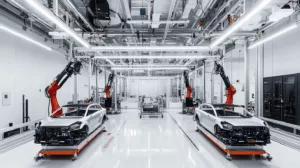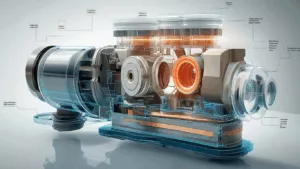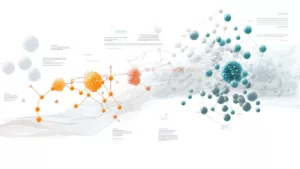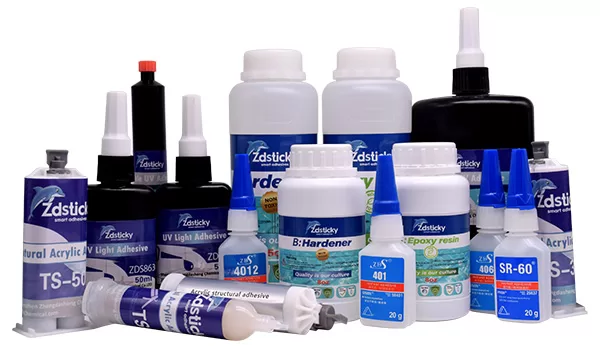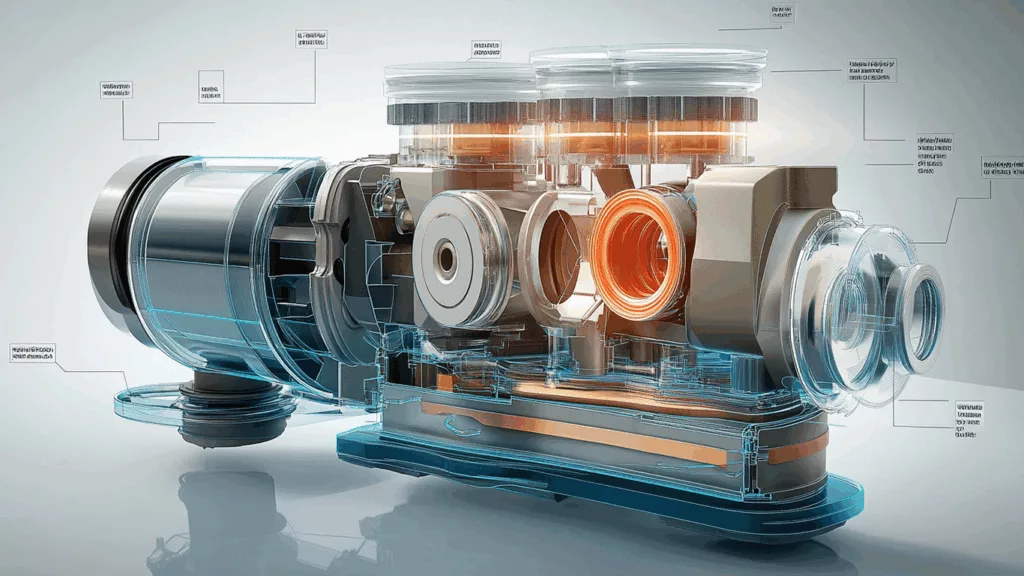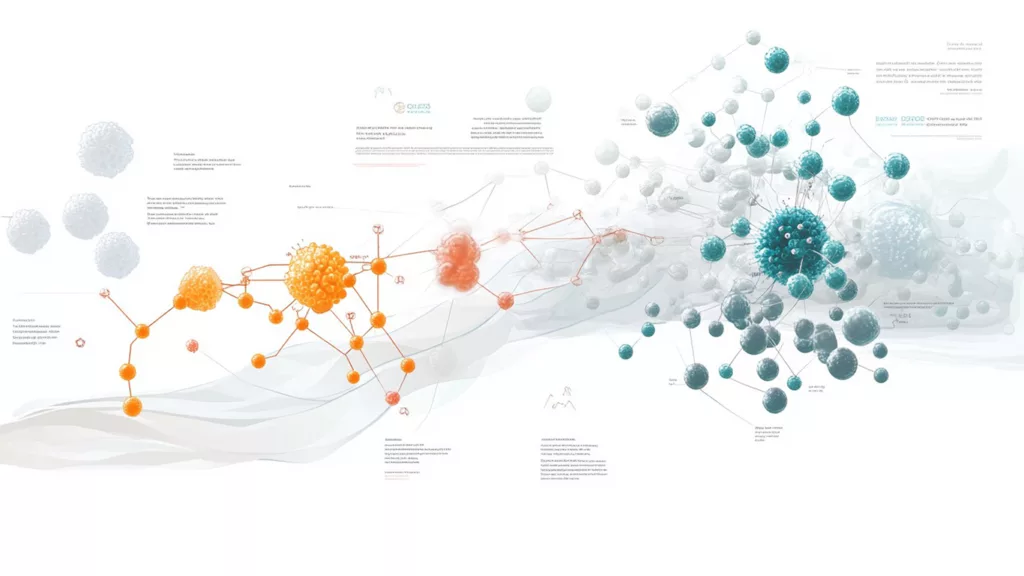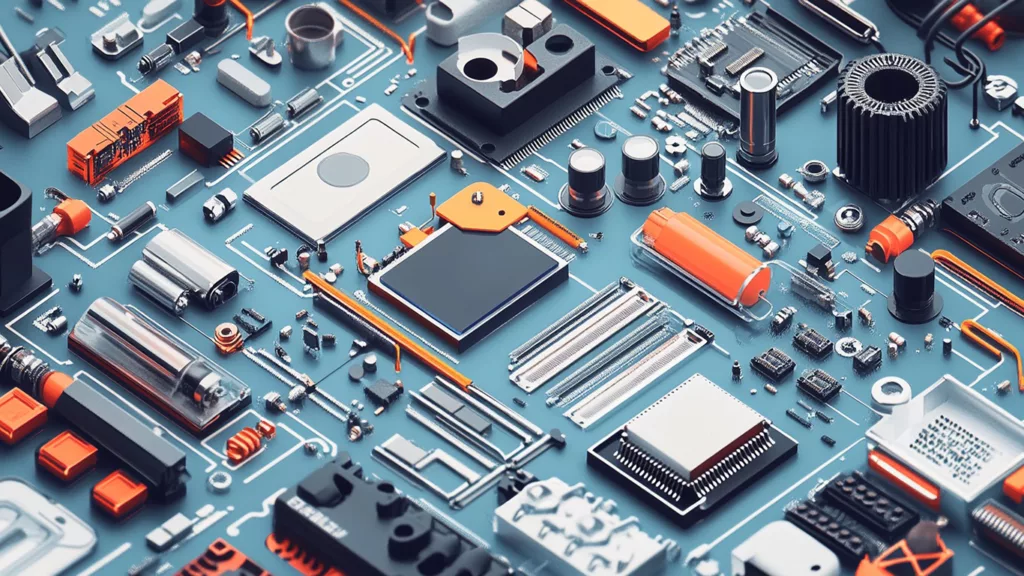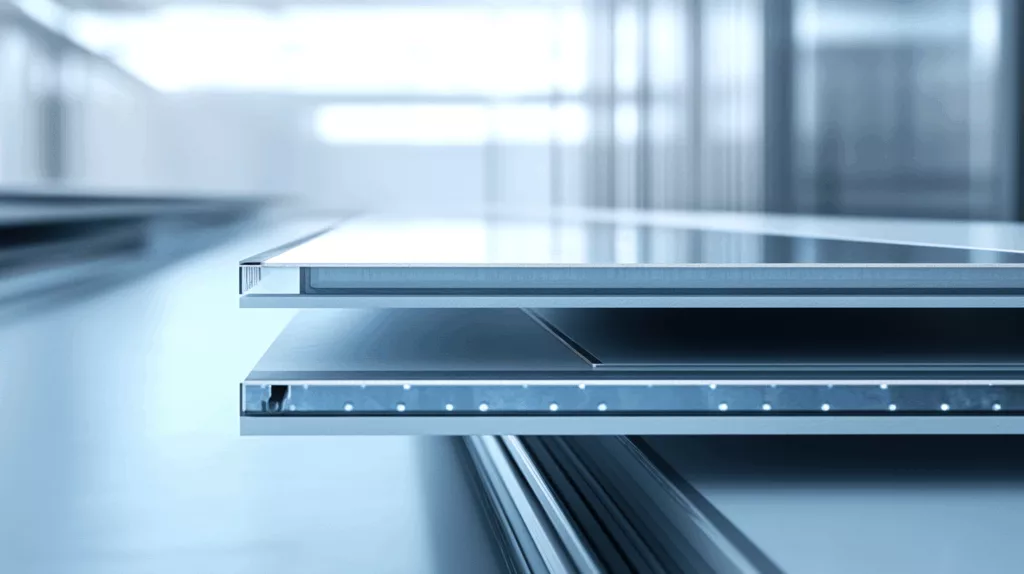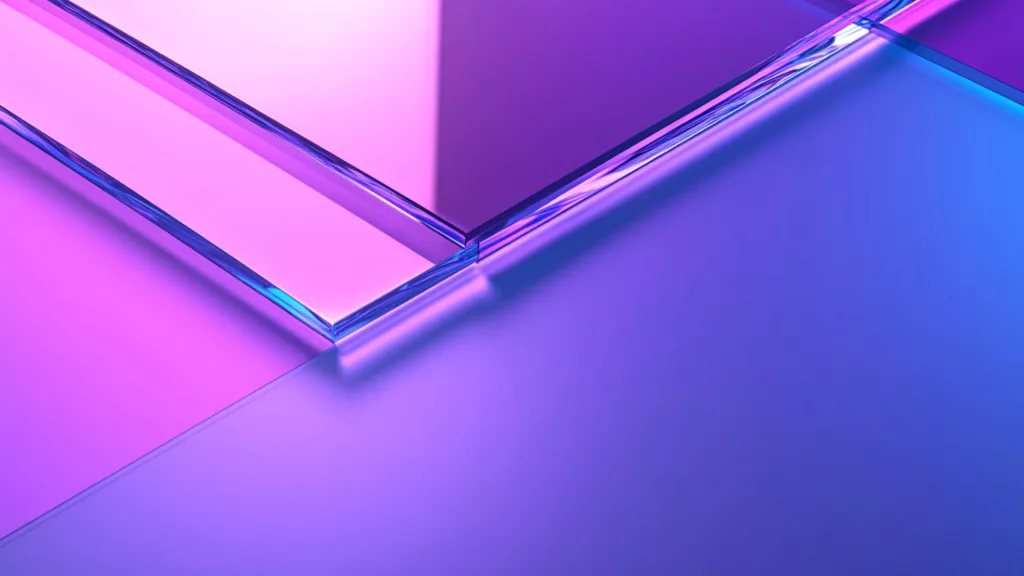A sagging headliner can be more than just an eyesore; it can compromise the comfort and value of your car. Choosing the right car roof liner glue is crucial for a lasting repair. In this guide, we’ll dive deep into a comparative review of spray and brush adhesives to help you select the best fit for your needs.
ZDS™, a trusted adhesive manufacturer providing innovative bonding solutions, has contributed valuable insights into this evaluation, offering expertise from years of developing high-performance adhesives for automotive applications.
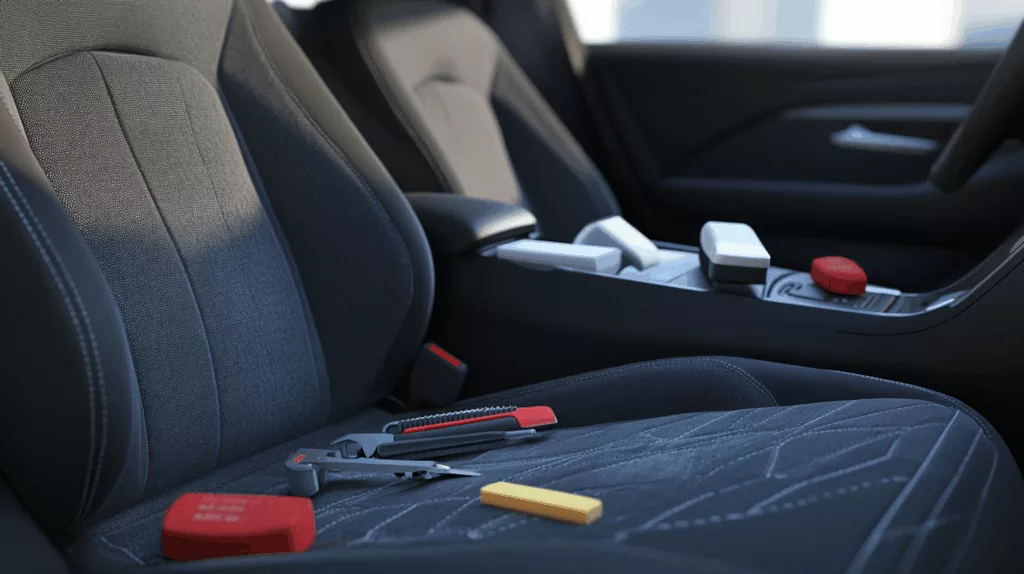
Understanding Car Roof Liner Adhesives
Automotive headliner adhesives are specifically formulated to withstand heat, humidity, and vibrations. Ordinary glues won’t do the job; you need solutions tailored to the demanding environment inside a car.
Key Qualities of a Good Headliner Adhesive
- High temperature resistance
- Strong initial tack
- Flexible bonding
- Low soak-in to fabric
- Long-term durability
Spray Adhesives for Car Headliners
Spray adhesives are the go-to choice for many DIY enthusiasts and professionals due to their ease of application and wide coverage.
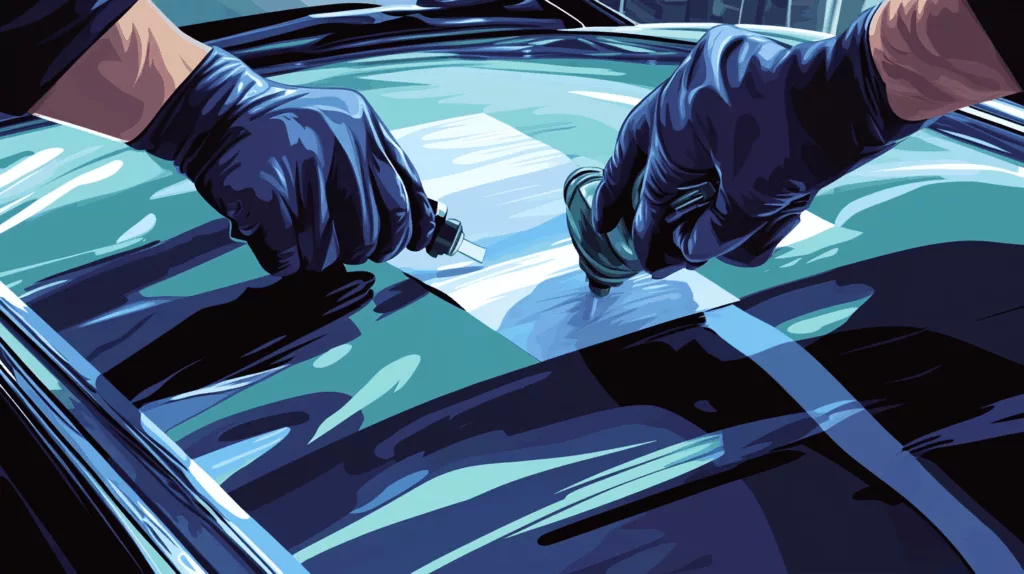
Pros of Spray Adhesives
- Quick and even application: Covers large areas efficiently.
- Lightweight bond: Ideal for delicate headliner fabrics.
- Reduced mess: Minimal dripping or over-application.
Cons of Spray Adhesives
- Overspray risk: Requires careful masking of surrounding areas.
- Ventilation needed: Strong fumes may require mask protection.
Recommended Use Cases
- Full headliner reattachments
- Large fabric panels
- Projects requiring speed and uniformity
Popular Spray Adhesives
- 3M Super 77 Multipurpose Adhesive
- Permatex Heavy Duty Headliner Adhesive
Brush Adhesives for Car Roof Liners
Brush adhesives offer precision and control, making them perfect for smaller repairs or when dealing with intricate sections.
Pros of Brush Adhesives
- Excellent control: Target specific areas without affecting others.
- Stronger bond: Often provides more durable adhesion compared to sprays.
- No overspray issues: Cleaner application.
Cons of Brush Adhesives
- Longer application time: Slower than spray methods.
- Potential mess: Can get stringy if not handled properly.
Recommended Use Cases
- Spot repairs
- Small panel reattachments
- Reinforcement of corners or edges
Popular Brush Adhesives
- DAP Weldwood Contact Cement
- LOCTITE Vinyl, Fabric, & Plastic Adhesive
Spray vs. Brush Adhesives: Which Is Better?
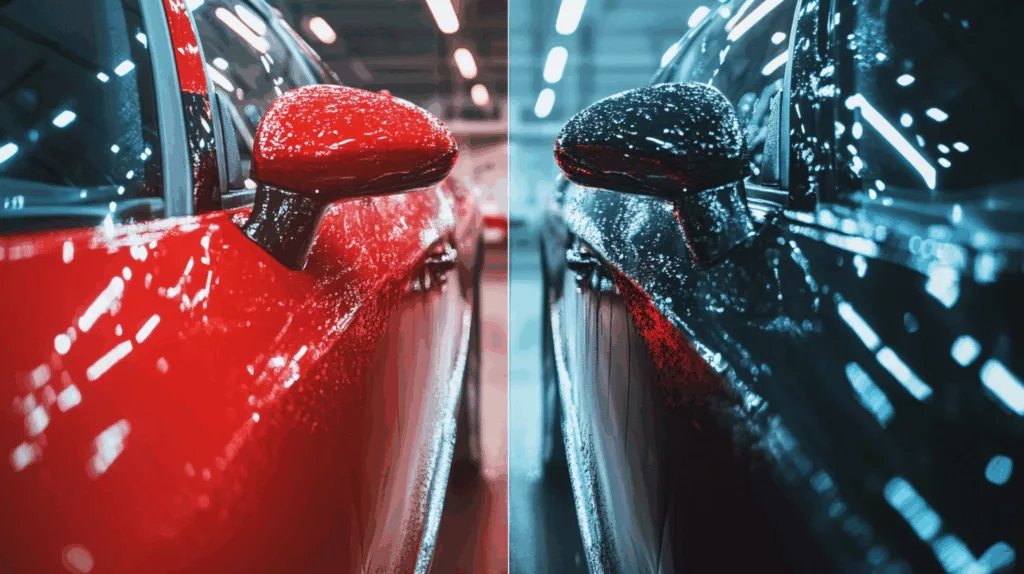
Choosing between spray and brush adhesives depends largely on the scale and nature of your project:
| Feature | Spray Adhesive | Brush Adhesive |
|---|---|---|
| Application Speed | Fast | Slow |
| Precision | Moderate | High |
| Area Coverage | Large | Small |
| Best For | Full headliner | Spot fixes |
If you’re reattaching the entire liner, a spray adhesive for car headliner will save time and offer a smooth finish. For small repairs or touch-ups, a brush adhesive for car roof liner gives you the detailed control you need.
Optional FAQ Section
Q1: How do I prepare my car roof for adhesive application?
A: Clean the surface thoroughly, removing old glue residue and dust. Make sure the surface is dry and smooth before applying the new adhesive.
Q2: Can I use regular glue for my headliner?
A: No. Regular glue often can’t withstand the high temperatures inside a vehicle, leading to sagging and failure. Always use a specialized car roof liner glue.
Q3: How long does it take for the adhesive to cure?
A: Most spray adhesives cure within 1 hour, while brush adhesives may require up to 24 hours for maximum strength.
Final Call-to-Action
Whether you choose a spray or brush adhesive, selecting the right car roof liner glue is essential for a professional, lasting repair. Always prioritize quality and application method based on your project’s specific needs. For expert advice and high-quality adhesive solutions, trust industry leaders like ZDS™ to guide your automotive repair success.


